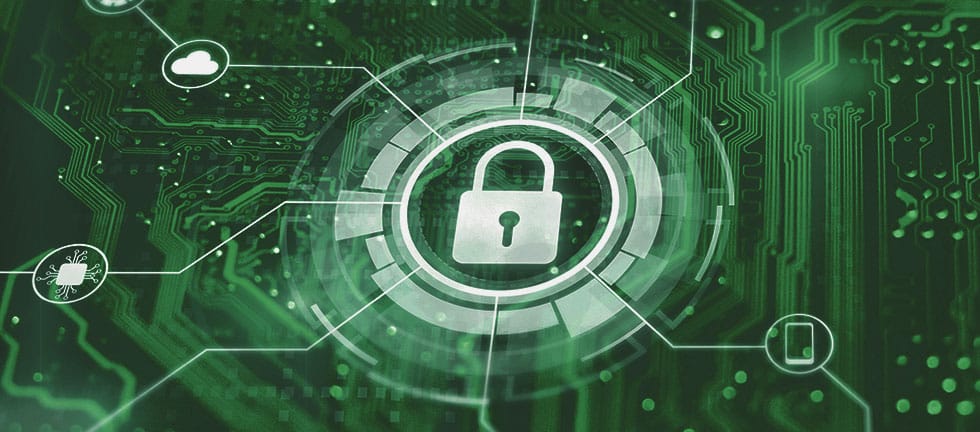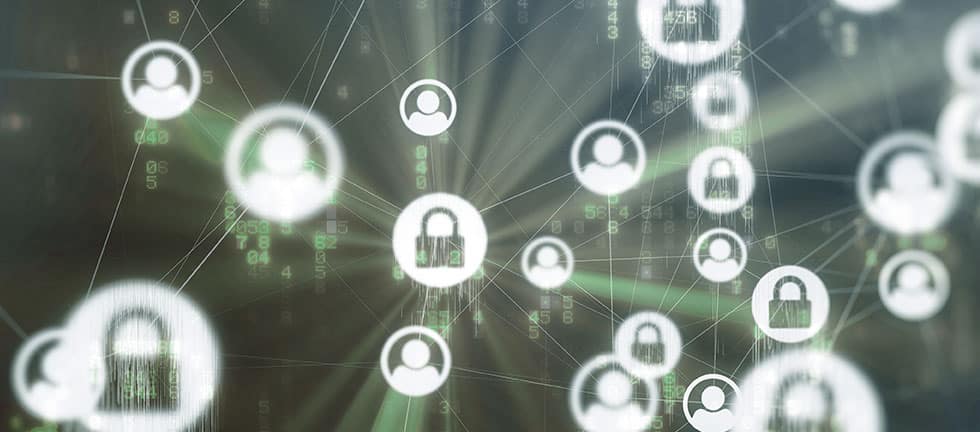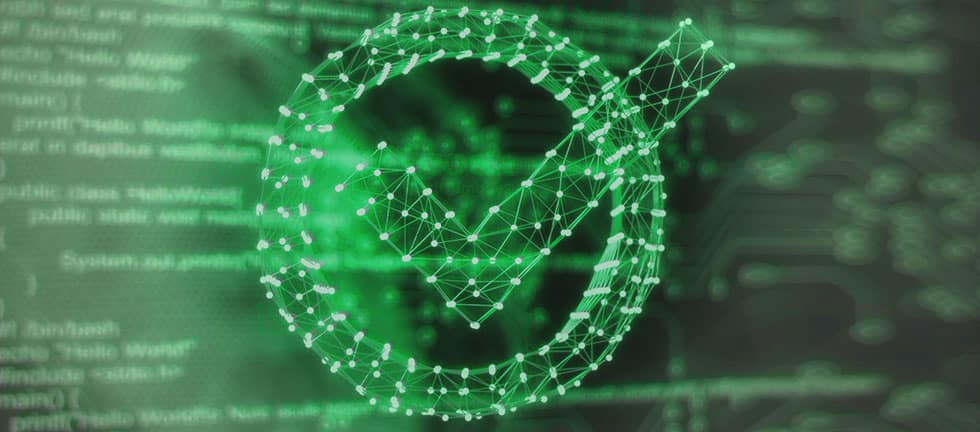Veriato RansomSafe™ acts as a vital layer in your ransomware defense, combining just-in-time data protection with multiple mechanisms to detect, and shut down attacks before they hold your business hostage.

Protection
Should ransomware reach your file server, Veriato RansomSafe™ detects the attack and shuts it down before your data is encrypted.

Predictive,
Fail-Safe Backups
RansomSafe™ backs up your files before they are changed, making a pristine copy of the latest version of your files.

Rapid Recovery
Once the attack is disrupted, recover in minutes with just a few clicks. No extensive, and expensive, downtime.
Veriato RansomSafe™ Installs and configures in less than 10 minutes. Get protected.
File Screening
Veriato RansomSafe™ is continuously updated, maintaining a robust database of known ransomware signatures. The software detects the presence of known variants by matching against this database.
Honeypots
By helping you place honeypot files on your file that, if modified, alert Veriato RansomSafe™ to a ransomware attack, the software is able to reliably detect attacks from previously unknown variants.
Fail-Safe
The best protection against the disruption and expense of a ransomware attack is current backups. Veriato RansomSafe™ intercepts the command to encrypt (or delete) your files, making a copy and storing it safely away from the reach of the attack.
Lockdown
Veriato RansomSafe™ blocks the user account attempting to encrypt your files from making changes to the file system, shutting down the attack to prevent further encryption attempts and to minimize the restoration effort required. Veriato RansomSafe™ can send you an email notification immediately if and when this happens, allowing you to respond quickly.
FAQs
How does Veriato RansomSafe™ protect me from a ransomware infection?
Additionally, RansomSafe™ uses a combination of “honeypot” files along with File Screening to detecting the existence of ransomware. When the ransomware’s activities are detected, the user whose process is creating, modifying, or deleting the file(s) is immediately blocked and prevented from affecting any additional files. The administrator is automatically notified and can take action to remove the infected computer from the network and, in a few quick clicks, restore all of the files the ransomware affected.
Does one installation of Veriato RansomSafe™ protect all of my Windows file servers?
Where does Veriato RansomSafe™ save the files that it has created protected copies of?
Won’t the files stored in the RansomSafe™ eventually consume all of the space on my server?
I’m using RansomSafe™ and I’ve been affected by ransomware. What do I need to do to recover from it?
The first thing you will want to do is remove the infected computer from your network so you can take steps to clean it of its infection before allowing it to re-join the network.
On your file server, you can use the Veriato RansomSafe™ console to quickly search for files that had recently been modified or deleted by the user who ran the ransomware. You can then take the files found through the search and restore any of them you’d like to. Note that after you restore them, the encrypted versions of the files may still exist alongside the restored files. You’ll want to remove the encrypted versions of the files using Windows Explorer at your convenience.
As soon as you are sure that the user is no longer infected and a threat to your file server, you may use the Veriato RansomSafe™ console to unblock that user and allow them to continue to manage files on your server.
